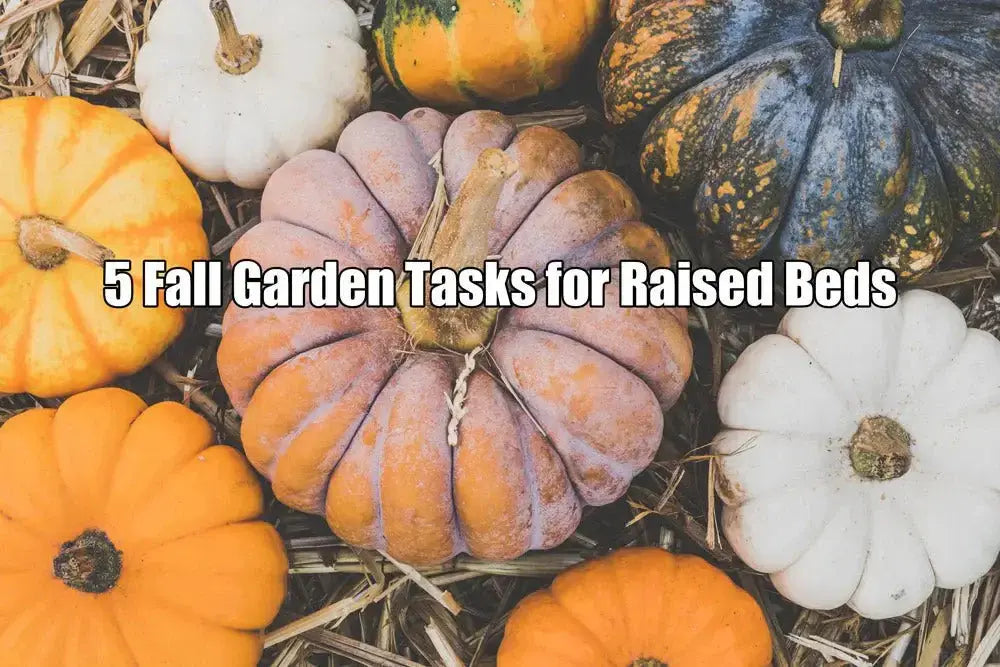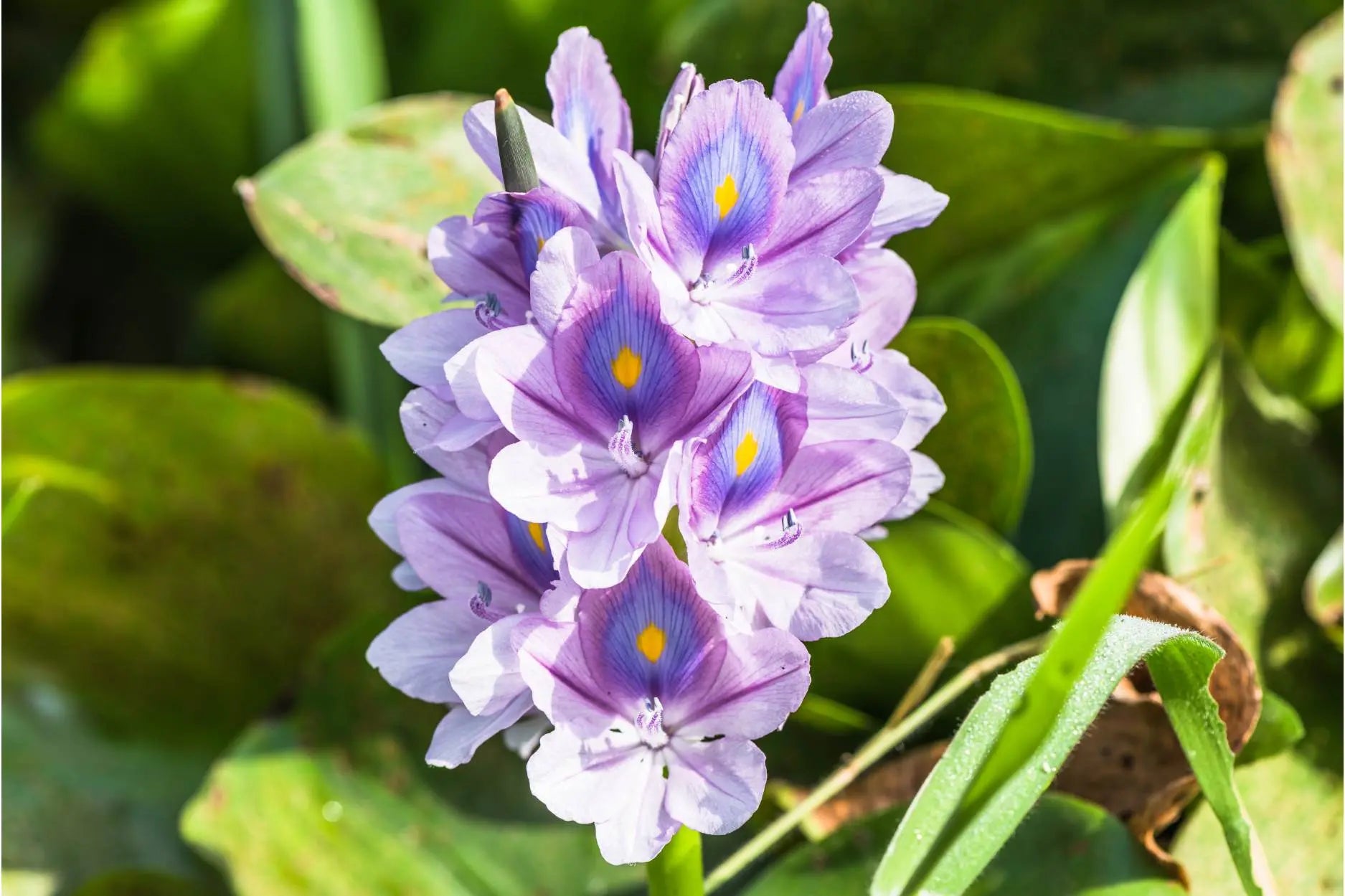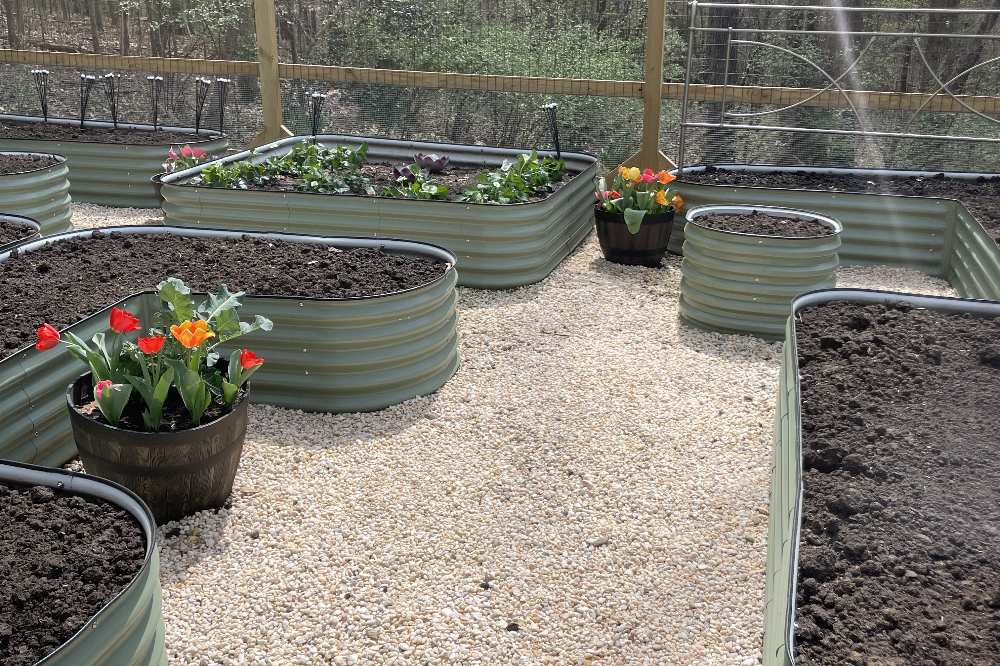The Ultimate Guide to Winter Plant Fertilization in The Colony, TX.
By Hazel B.
Author bio: Hazel B. is a seasoned copywriter with a passion for words and a flair for storytelling. With a background in marketing and a knack for crafting compelling narratives, Hazel has helped businesses of all sizes elevate their brand messaging and connect with their target audience. When she's not weaving words, you can find her exploring new places, indulging in her love for video games, or simply sipping a cup of coffee in a corner somewhere. Hazel believes that every word has the power to inspire, inform, and transform, and she's dedicated to harnessing that power to create meaningful content.
Winter can be a challenging time for gardeners in The Colony, Texas. With colder temperatures and less sunlight, it's crucial to provide your plants with the right nutrients to help them thrive during the winter months.
One way to ensure your plants stay healthy and vibrant is by using winter fertilizer. In this comprehensive guide, we will explore the ins and outs of winter lawn fertilization for your plants in The Colony, TX, and how to care for different types of garden beds, including metal raised garden beds.
Understanding the Importance of Winter Fertilization

Winter fertilizer, also known as fall or dormant season fertilizer, plays a crucial role in the health and resilience of your plants during the colder months. While it may seem counterintuitive to fertilize when most plants are dormant, it's actually a strategic move to set your plants up for success come spring.
Boosting Root Development
Winter fertilizers typically have a higher ratio of phosphorus (the second number in the N-P-K ratio) compared to nitrogen and potassium. This nutrient balance encourages root development, which is essential for your plant's overall health.
Strengthening Cell Walls
The added phosphorus also helps in strengthening cell walls, making plants more resistant to cold weather and potential frost damage.
Nutrient Absorption
Winter fertilization ensures that your plants have access to essential nutrients even when they aren't actively growing. This prevents nutrient deficiencies and promotes better overall plant health.
Now, let's delve into the specifics of winter fertilization for different types of garden beds, including metal raised garden beds.
Fertilizing Your Lawn
As the winter season approaches in The Colony, TX, it's essential not to overlook the importance of lawn care, particularly winter fertilization. A well-maintained lawn can significantly enhance the curb appeal of your property and ensure that your grass thrives once spring arrives. In this section, we will delve into the nuances of winter lawn fertilization, exploring the key considerations and steps you need to take to keep your lawn looking lush and healthy throughout the winter months.
Lawn Fertilization Basics

Choosing the Right Fertilizer
Selecting the appropriate fertilizer is the first critical step in winter lawn care. For The Colony's climate, characterized by mild winters and occasional cold spells, it's crucial to opt for a winter fertilizer with specific characteristics. Look for a product with a high phosphorus content, which is represented as the second number in the N-P-K ratio on the fertilizer label. A typical N-P-K ratio for winter lawn fertilizers in this region might be 12-6-10 or 10-20-10.
- Phosphorus: The phosphorus content is essential for root development, which is particularly crucial during the winter months when grass growth above ground slows down. A higher phosphorus concentration in your fertilizer will promote robust and healthy root systems.
- Timing: Timing is everything when it comes to winter lawn fertilization. Applying the fertilizer at the right moment ensures that your grass receives the nutrients it needs before the harsh winter weather sets in.
- Late Fall Application: In The Colony, TX, the ideal time for applying winter fertilizer to your lawn is during late fall, typically around November. During this period, your grass is still active but not actively growing. Applying fertilizer at this time allows the grass to absorb the essential nutrients before the colder temperatures arrive.
- Application: The method and technique you use to apply the winter fertilizer are crucial to achieving even coverage and optimal results. Here's what you need to know:
- Broadcast Spreader: Utilize a broadcast spreader to evenly distribute the fertilizer across your lawn. This equipment ensures a uniform application and prevents the formation of streaks or patches with excessive fertilizer.
- Application Rates: Always follow the manufacturer's instructions regarding application rates. Applying too much fertilizer can lead to nutrient imbalances or even damage to your lawn, while too little may not provide the necessary nourishment.
Watering
After you've applied the winter fertilizer, it's essential to give your lawn a good soak. Proper watering techniques is essential for several reasons:
- Nutrient Activation: Water helps activate the fertilizer, allowing it to dissolve and penetrate the soil, making the nutrients available to your grass's root system.
- Root Absorption: Adequate moisture in the soil ensures that the grassroots can efficiently absorb the nutrients provided by the fertilizer. This is especially important during the winter when water availability may be reduced due to lower temperatures.
- Preventing Burn: Watering your lawn after fertilization can help prevent "fertilizer burn." Fertilizer burn occurs when concentrated fertilizer granules come into direct contact with grass blades, causing damage. Watering dilutes the fertilizer and reduces the risk of burn.
In summary, winter lawn fertilization is a key component of winter lawn care in The Colony, TX. By choosing the right fertilizer, applying it at the appropriate time, using a broadcast spreader for even coverage, and ensuring proper watering, you can help your lawn withstand the challenges of winter and emerge healthy and vibrant in the spring.
Now, let's turn our attention to garden bed fertilization, including specific guidance for metal raised garden beds and traditional raised beds.
Garden Bed Fertilization
While lawn care is essential, it's equally crucial to address the needs of your garden beds, whether you have metal raised garden beds or traditional raised beds. These beds require specific care to ensure the well-being of your plants during the winter months.
Metal Raised Garden Beds
Metal raised garden beds have gained popularity due to their durability and aesthetic appeal. However, they require unique considerations for winter fertilization.
1. Prepare the Bed
Metal raised garden beds have gained popularity due to their durability and aesthetic appeal. However, they require unique considerations for winter fertilization.
- Remove Debris: Clear any fallen leaves, dead plants, or weeds from the bed. This step helps prevent pests and diseases from overwintering in the bed.
- Top-Up Soil: Check the soil level in your raised bed and add any necessary soil to maintain the desired depth. Adequate soil depth is essential for plant root development.
- Mulch: Apply a layer of organic mulch on top of the soil. Mulch acts as an insulator, helping to regulate soil temperature and retain moisture, which is crucial during the winter months.
2. Choosing the Right Fertilizer
When selecting a winter fertilizer for your metal-raised garden bed, consider the specific needs of the plants you'll be growing. Look for a balanced fertilizer with a moderate release rate. A 10-10-10 or 14-14-14 N-P-K ratio fertilizer can work well for most garden bed types.
3. Application
To apply winter fertilizer to your metal raised garden bed, follow these steps:
- Even Distribution: Sprinkle the fertilizer evenly over the soil surface, ensuring it reaches all parts of the bed where plants will grow.
- Avoid Contact with Metal: Be cautious not to let the fertilizer come into direct contact with the metal bed, as this may lead to corrosion over time. Keep it at least a few inches away from the edges.
- Watering: After applying the fertilizer, water the bed thoroughly. This step helps the nutrients penetrate the soil and become accessible to plant roots.
4. Consider Organic Options
If you prefer organic gardening methods, there are organic winter fertilizers available for your metal raised garden beds. These products provide the necessary nutrients without the use of synthetic chemicals, aligning with eco-friendly and sustainable gardening practices.
Traditional Raised Beds
Traditional raised beds, often constructed from wood or other materials, offer excellent drainage and soil aeration. Proper winter fertilization can help your plants thrive in these beds.

1. Clean and Prepare
Before applying winter fertilizer to your traditional raised bed, take these preparatory steps:
- Remove Debris: Clear any dead plants, weeds, or debris from the bed. Removing organic matter can help prevent diseases and pests from overwintering.
- Inspect for Damage: Check the bed's structure for any signs of damage or deterioration. If necessary, make repairs to ensure the bed's integrity.
- Top-Up Soil: If your raised bed has settled over time, add more soil to maintain the desired depth. Adequate soil depth is critical for root development.
2. Choosing the Right Fertilizer
For traditional raised beds, a balanced, slow-release fertilizer with a moderate N-P-K ratio (such as 10-10-10 or 14-14-14) is generally a good choice. This type of fertilizer provides a steady supply of nutrients to your plants throughout the winter.
3. Application
To apply winter fertilizer to your traditional raised bed, follow these steps:
- Even Distribution: Sprinkle the fertilizer evenly over the soil surface within the bed. Ensure that all areas where plants will grow receive the fertilizer.
- Avoid Contact with Bed Edges: As with metal raised garden beds, take care not to let the fertilizer come into direct contact with the bed's edges or structure, as this can lead to deterioration over time.
- Watering: After applying the fertilizer, water the bed thoroughly to help the nutrients penetrate the soil, making them accessible to plant roots.
4. Organic Options for Traditional Raised Beds
If you prefer organic gardening practices, explore the availability of organic winter fertilizers suitable for traditional raised beds. These organic products provide the necessary nutrients while aligning with environmentally friendly gardening principles.
Conclusion
Winter fertilization is a vital part of maintaining healthy plants in The Colony, TX, during the colder months. Whether you have a lawn, metal raised garden beds, or traditional raised beds, the right fertilizer can make a significant difference in your plants' well-being.


